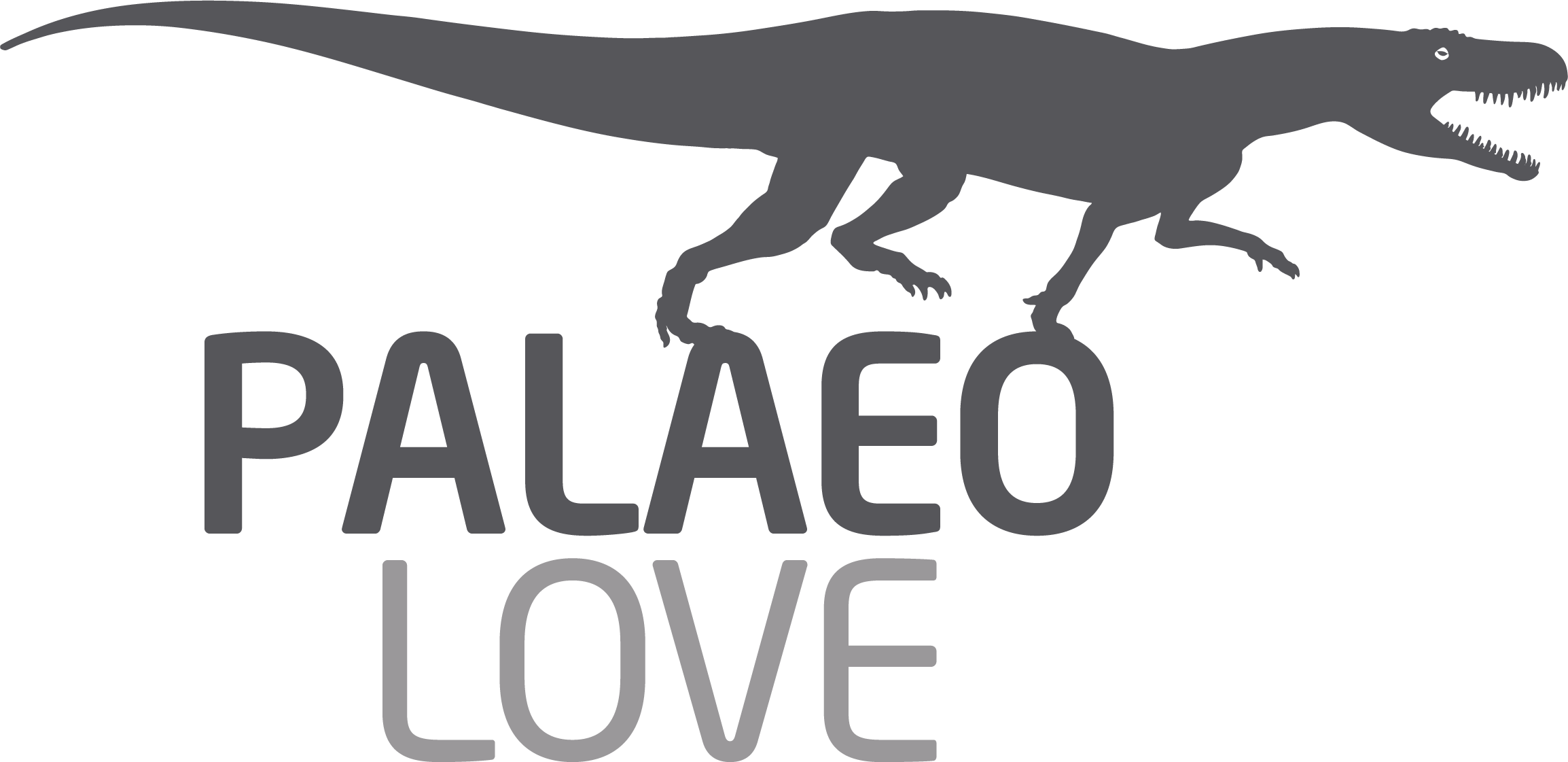Arthur Éloffe
Arthur Éloffe was born in 1826 in Vesoul, Franche-Comté (Freigrafschaft Burgund), France. He was a trained taxidermist and ran a naturalist preparatory business as well as a small school in the Rue de l’Ecole de Médecine 20, Paris.
Éloffe taught his students how to conserve animals and plants. He published several oeuvres with respect to different topics on plants, animals and mushrooms under the pseudonym Kroenishfranck still available in second-hand bookshops at a high price (D’AMAT 1970).
In the second half of the 19th century the Maison Arthur Éloffe successfully commercialised table models of some life-size sculptures of the Paleozoic and Mesozoic Crystal Palace beasts shaped by Benjamin Waterhouse Hawkins in London around 1853 and sold them to universities and museums.
In 1862 he mentions six plaster models representing eight taxa that once inhabited the earth in an appendix of one of his publications (ÉLOFFE 1862, appendix: 2). Seven of them displaying Crystal Palace beasts: Megalosaurus, Iguanodon, Pterodactylus, a labyrinthodont and a group of Ichthyosaurus and two kinds of plesiosaurs. Additionally, he lists a plaster model of Schistopleurum, a genus name that nowadays is synonymized with Glyptodon. According to Éloffe all these animals were reconstructed by Georges Cuvier, the founder of vertebrate palaeontology.
The above pictured label was found on the underside of an Ichthyosaurus/plesiosaur group model.
ÉLOFFE, A. (1862): L’art de préparer les plantes terrestres, d’eau douce et marines pour en former des herbiers et albums pour l’etude, 38 pp.; with an appendix: Extrait du Catalogue de la Maison Arthur Éloffe, Rue de l’Ecole-de-Médecine, 20, Paris, 15 pp.

